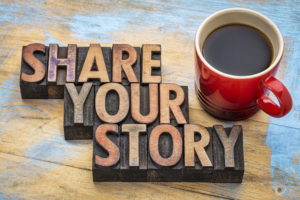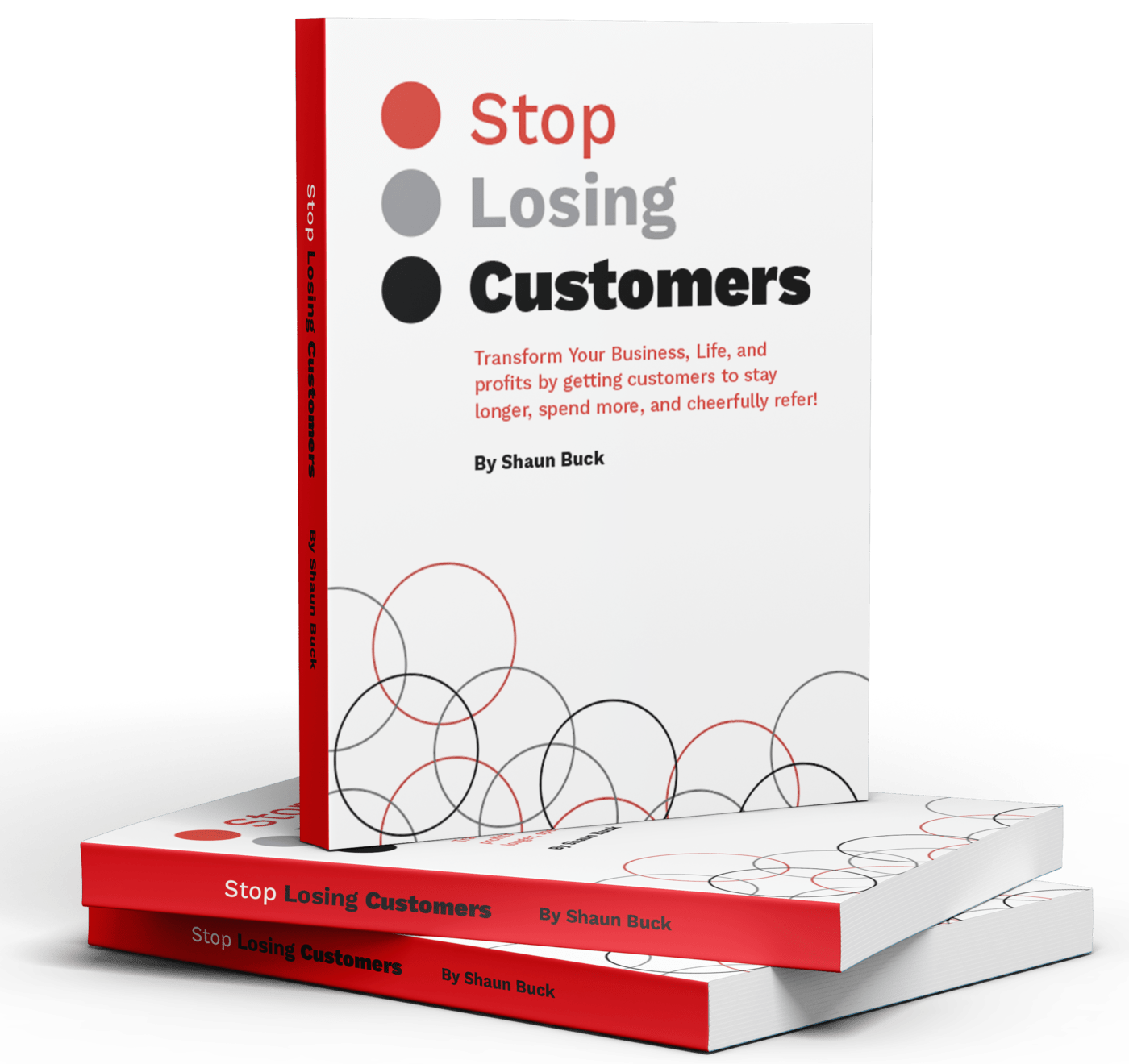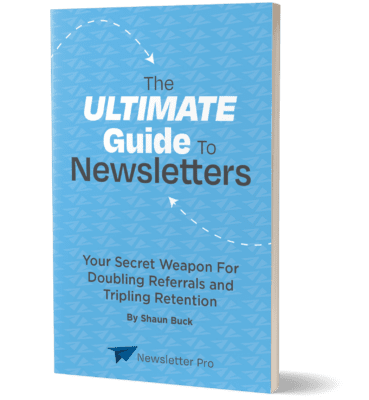On quiet nights, if you listen carefully, you can hear the soft sobs of marketing managers around the world. They’re crying because their marketing messages are being ignored. It’s always happening somewhere. Misunderstood marketing is everywhere — maybe you’ve even shed a tear or two.

What could it be? Are consumers conspiring to make your job harder? Of course not. But here’s the problem: 5.3 trillion ads are shown online every year (although 3 in 10 are never seen.) That’s trillion with a T. How do you break through all the clutter?
By Giving People What They Want: Stories.
Americans consume more than 100,000 digital words every day. The preferred method of consumption? Story form. In the Information Age, branding is less about the flashy logo and more about forming true relationships.
 John Naisbitt, author of the world-renowned book Megatrends: Ten New Directions Transforming Our Lives, says, “The more high tech we create, the more high touch we will want.” To really succeed, you have to be able to captivate your audience with a story.
John Naisbitt, author of the world-renowned book Megatrends: Ten New Directions Transforming Our Lives, says, “The more high tech we create, the more high touch we will want.” To really succeed, you have to be able to captivate your audience with a story.
By doing so, you give your products and services context and connect with your target audience on an emotional level, making your message more meaningful, more memorable, and easier to pass along. Science shows us that more parts of the human brain engage when we digest a story. Those same parts are dormant when we’re slurping down data.
Entrepreneur and author Jim Blasingame, who penned Three Minutes to Success, says the power of small-business storytelling lies in the three C’s:
- Connect: Use stories to connect with prospects and convert them into customers.
- Convey: Use stories to convey your expertise, relevance, humanity, and values.
- Create: Use stories to create customer memories that compel them to come back.
So, What Does A Great Brand Story Look Like?
It should be factual, but not biographical. The story should always convey what’s in it for the reader.
For example, a Weight Watchers testimonial may feature someone with an amazing story of overcoming adversity and achieving their lifelong goal weight. It may also address the “what’s in it for me” factor. Readers may think, “If someone else can do it, so can I.”
As a matter of fact, in their recent interactive marketing campaign, Weight Watchers posted hundreds of scales on a wall, along with the words “weigh me.” Each scale was decorated with a word or phrase — “laughter,” “feeling free,” “playing with my kids.” Weight Watchers encouraged observers to put more weight on these parts of their lives and stop focusing on a scale!
 A great brand story is never about you or your company. Even if you’re talking about your business, the story is actually about the value you can deliver to your customers or the common ground you share with them. Your company is just a supporting character.
A great brand story is never about you or your company. Even if you’re talking about your business, the story is actually about the value you can deliver to your customers or the common ground you share with them. Your company is just a supporting character.
You can harness these tips through a variety of media, so don’t be afraid to tell your story through blog posts, your website’s home page, newsletter articles, videos, podcasts, and more. Infusing your marketing with human storytelling is a remarkably effective way to engage and connect with your audience.
Take advantage of this tip right now by revisiting your brand message and marketing collateral to see where storytelling could make your business stand out. Once you start engaging with your prospects and clients in a way that brings the narrative to them, you’ll find that your own story has a very happy ending.






